
Office Worker Health Advisor - Workplace Health Guidance
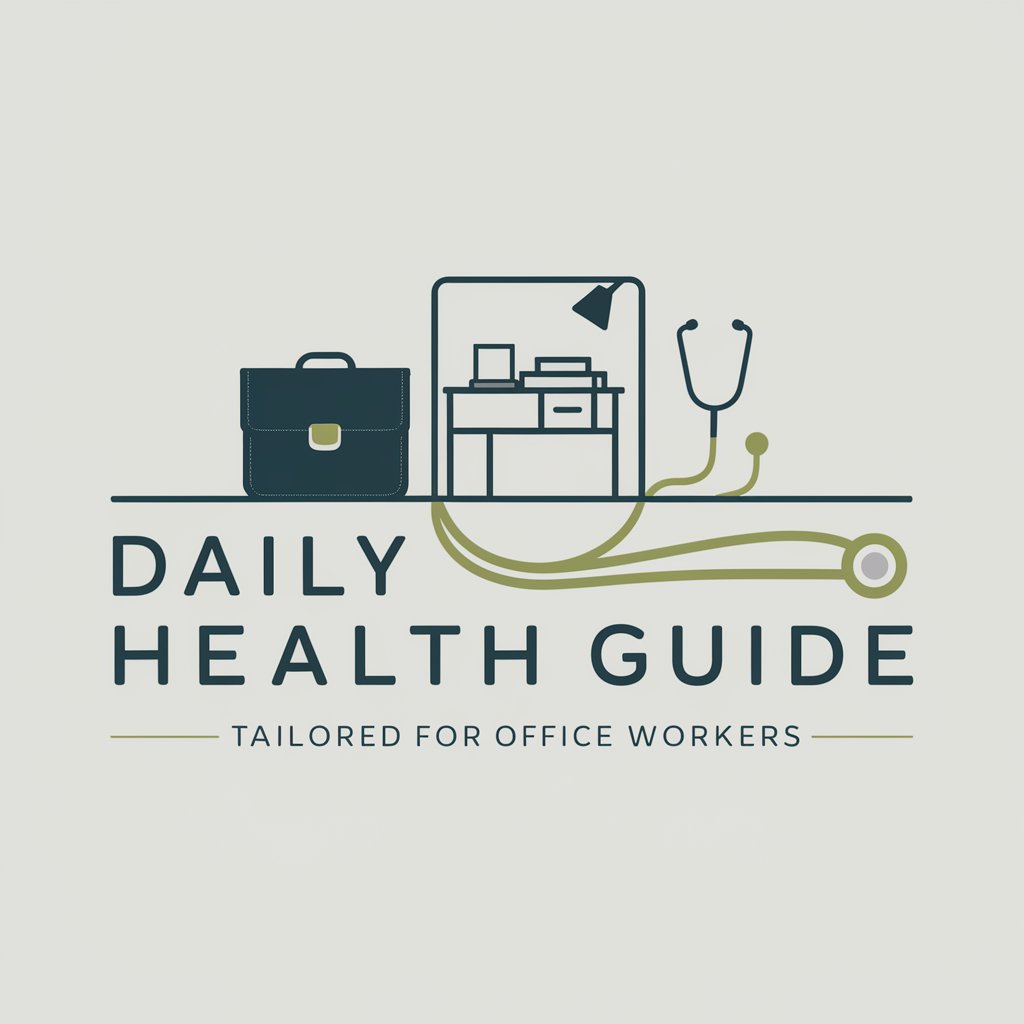
Welcome to Daily Health Guide, your source for workplace wellness.
Elevating Office Health with AI
What are effective stress management techniques for office workers?
How can I improve my desk ergonomics to prevent back pain?
What are some quick exercises to do during work breaks?
What steps can I take to maintain eye health when working on a computer all day?
Get Embed Code
Overview of Office Worker Health Advisor
Office Worker Health Advisor is a specialized digital assistant designed to provide health and wellness advice tailored specifically for individuals working in office settings. This platform addresses common health concerns associated with sedentary work environments, such as ergonomic issues, eye strain, repetitive stress injuries, and the mental health challenges of stress and burnout. Its primary objective is to enhance the overall health and productivity of office workers by offering practical, evidence-based advice. For example, the Advisor can guide on setting up an ergonomic workstation, suggest exercises for reducing the risk of repetitive strain injuries, or offer strategies for managing workplace stress. Powered by ChatGPT-4o。

Core Functions and Applications
Ergonomic Advice
Example
Providing detailed guidance on arranging a workstation to minimize strain and prevent injuries. This includes recommendations on monitor height, chair positioning, and keyboard use.
Scenario
An office worker experiencing back pain from long hours at the desk receives personalized advice on adjusting their chair and monitor placement to reduce discomfort.
Stress Management Strategies
Example
Offering techniques for managing stress and avoiding burnout, such as deep breathing exercises, mindfulness meditation, and time management tips.
Scenario
A user feeling overwhelmed by deadlines and meetings learns and applies mindfulness techniques to reduce anxiety and improve focus.
Exercise and Movement Tips
Example
Suggesting short, office-friendly exercises to encourage movement and reduce the health risks associated with prolonged sitting.
Scenario
Guidance on implementing five-minute stretching routines every hour to help an office worker alleviate muscle stiffness and boost energy levels.
Eye Health Preservation
Example
Advice on reducing eye strain through the 20-20-20 rule, adjusting screen brightness, and maintaining an appropriate viewing distance from the monitor.
Scenario
A user experiencing dry eyes and headaches receives recommendations for adjusting their screen settings and incorporating regular eye breaks into their workday.
Target User Groups
Full-Time Office Workers
Individuals spending most of their workday at a desk, who face challenges like ergonomic discomfort, eye strain, and the mental toll of stress and sedentary habits. These users benefit from tailored advice on creating a healthier workspace and incorporating wellness practices into their daily routine.
Remote Workers
People working from home or other non-traditional office settings, who may not have access to ergonomically designed workstations or the social support of an office environment. They can leverage guidance on setting up a healthy home office and staying physically and mentally well in solitary work conditions.
HR Professionals and Wellness Coordinators
Those responsible for the health and well-being of employees within an organization. They can use the Advisor as a resource for developing wellness programs, ergonomic assessments, and mental health initiatives to support a healthy work culture.

How to Use Office Worker Health Advisor
Initiate the Experience
Begin by accessing yeschat.ai for a complimentary trial, no sign-up or ChatGPT Plus required.
Identify Your Needs
Consider what you're looking to improve or learn about your office work health – be it ergonomics, stress management, or minor ailments.
Engage with the Tool
Input your questions or concerns into the dialogue box. Be specific to ensure the most accurate and helpful advice.
Apply the Advice
Implement the suggestions provided. Remember, these are general tips, so adapt them to your specific situation for the best results.
Consult Regularly
Revisit and use the tool regularly to find new ways to improve your office work health, adapting as your needs evolve.
Try other advanced and practical GPTs
Remote Worker Games
Bringing teams together with AI-powered fun.
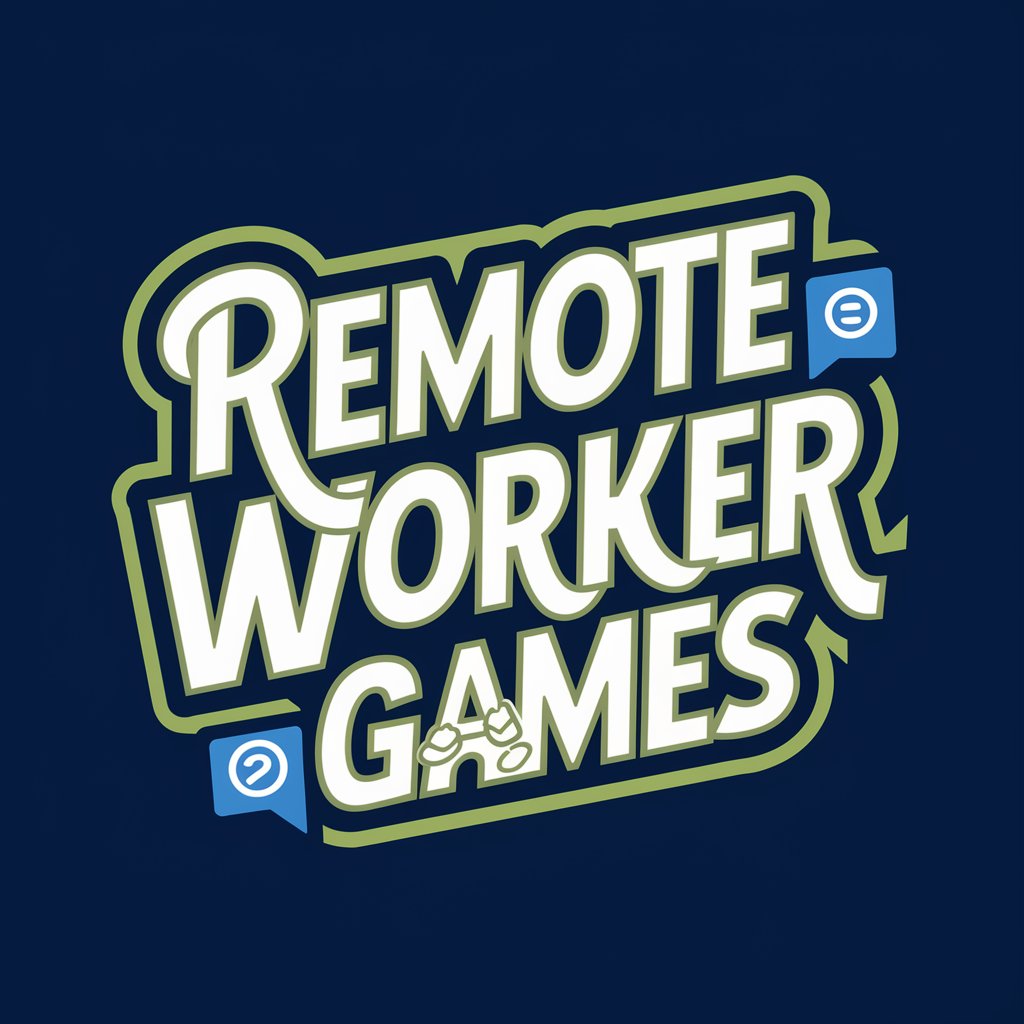
Boss and Worker Mode
Switch Seamlessly: Boss to Worker AI

Worker Classification Guide
AI-powered Worker Classification Insight
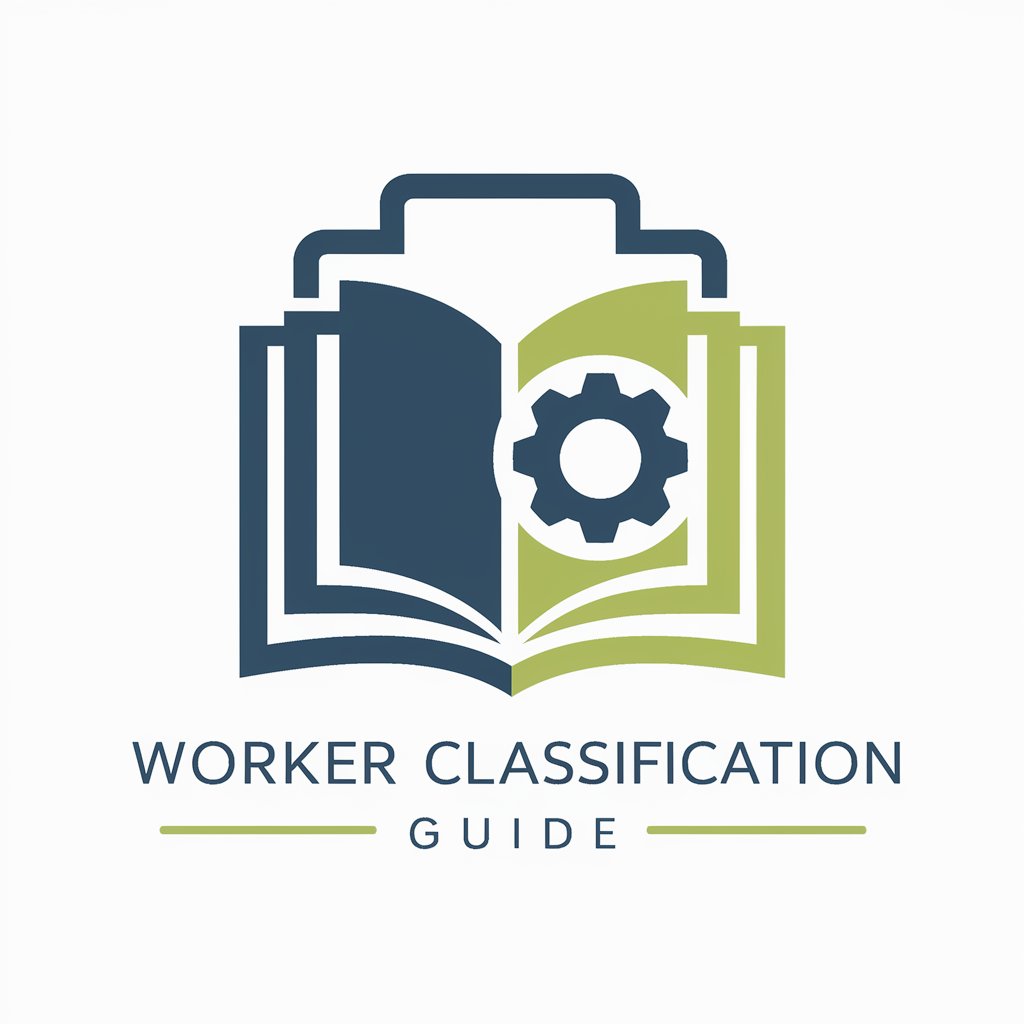
Care Worker
AI-Powered Guidance for Caregivers

Citation and Reference Finder
Streamlining Academic Research with AI

Allie - Web Accessibility Reference
Empowering digital inclusivity with AI

Dream Worker
Unlock the Secrets of Your Dreams

E-OTIS Worker
Empowering Decisions with AI-Powered Insights
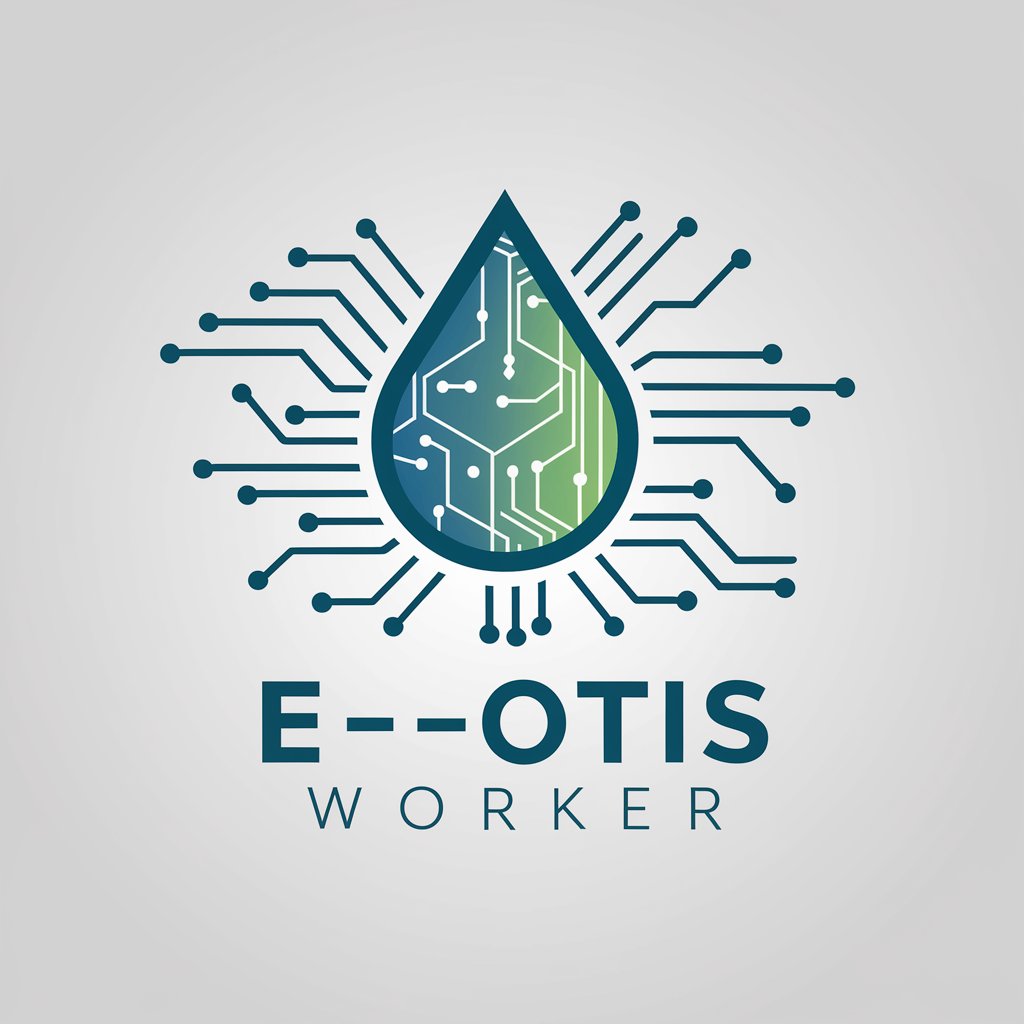
Social Worker (Ms. Jennifer)
Empowering lives with AI-driven social support

Canadian Worker
AI-Powered Immigration Work Definition Advisor

Virtual Support Worker
Empowering recovery with AI-driven peer support.

Spanish Worker Translation Bot
Seamless English-Spanish translation, powered by AI.
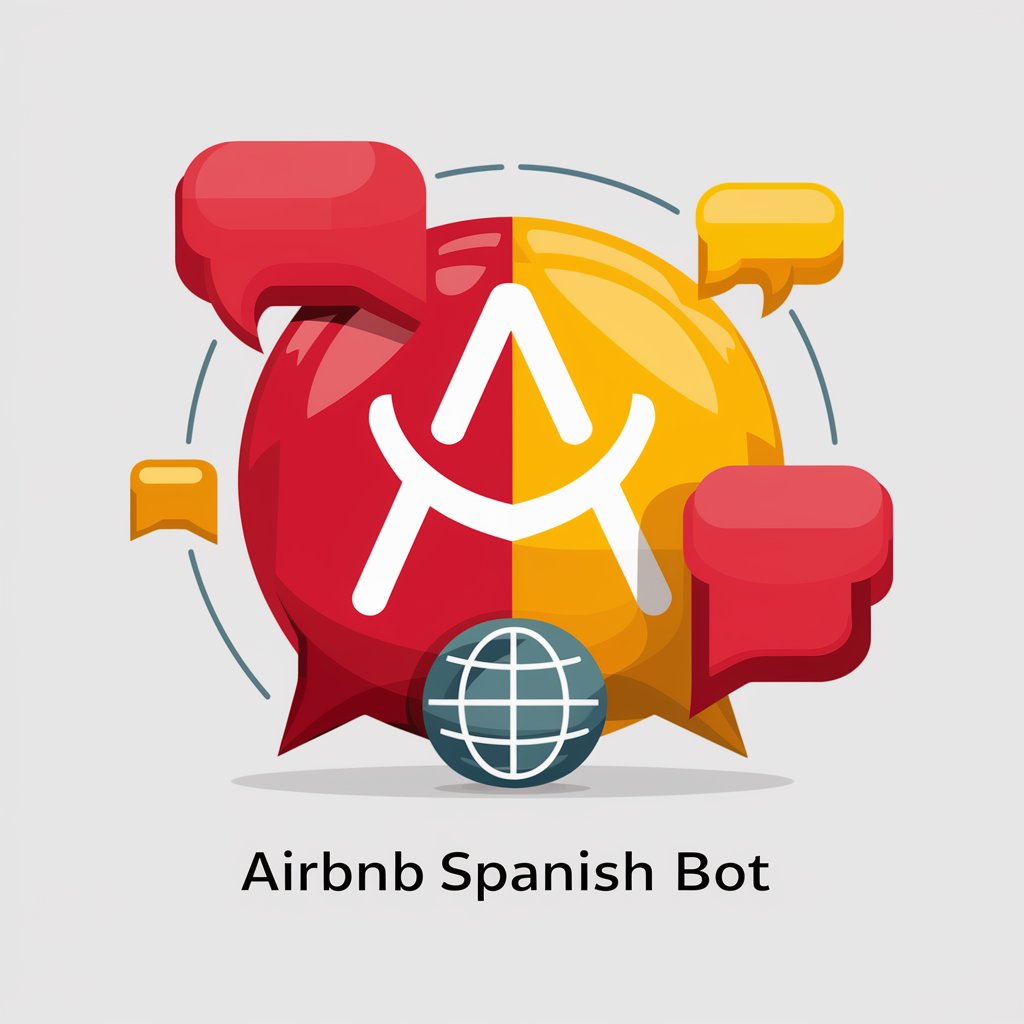
Frequently Asked Questions About Office Worker Health Advisor
What kind of health issues can the Office Worker Health Advisor help with?
The Advisor provides guidance on a wide range of office-related health concerns, including ergonomic setups, stress management techniques, recommendations for physical activity, advice on eye strain, and strategies for maintaining a healthy lifestyle amidst a sedentary work environment.
Is the Office Worker Health Advisor a replacement for medical professionals?
No, while the Advisor offers valuable general health tips and preventative advice, it is not a substitute for professional medical consultation. Always seek the advice of healthcare providers for diagnosis and treatment of any health concerns.
How often should I use the Office Worker Health Advisor?
Use the tool as often as needed to continuously improve your workplace wellness. Regular engagement can help you stay informed about health practices and make adjustments to your routine as necessary.
Can the Office Worker Health Advisor provide personalized advice?
The Advisor offers general advice that users can apply to their situations. While not personalized, the information is tailored to common issues faced by office workers, allowing for broad applicability.
Are there any costs associated with using the Office Worker Health Advisor?
The basic service is available free of charge, providing users with access to a wealth of health-related advice without needing a subscription or registration.